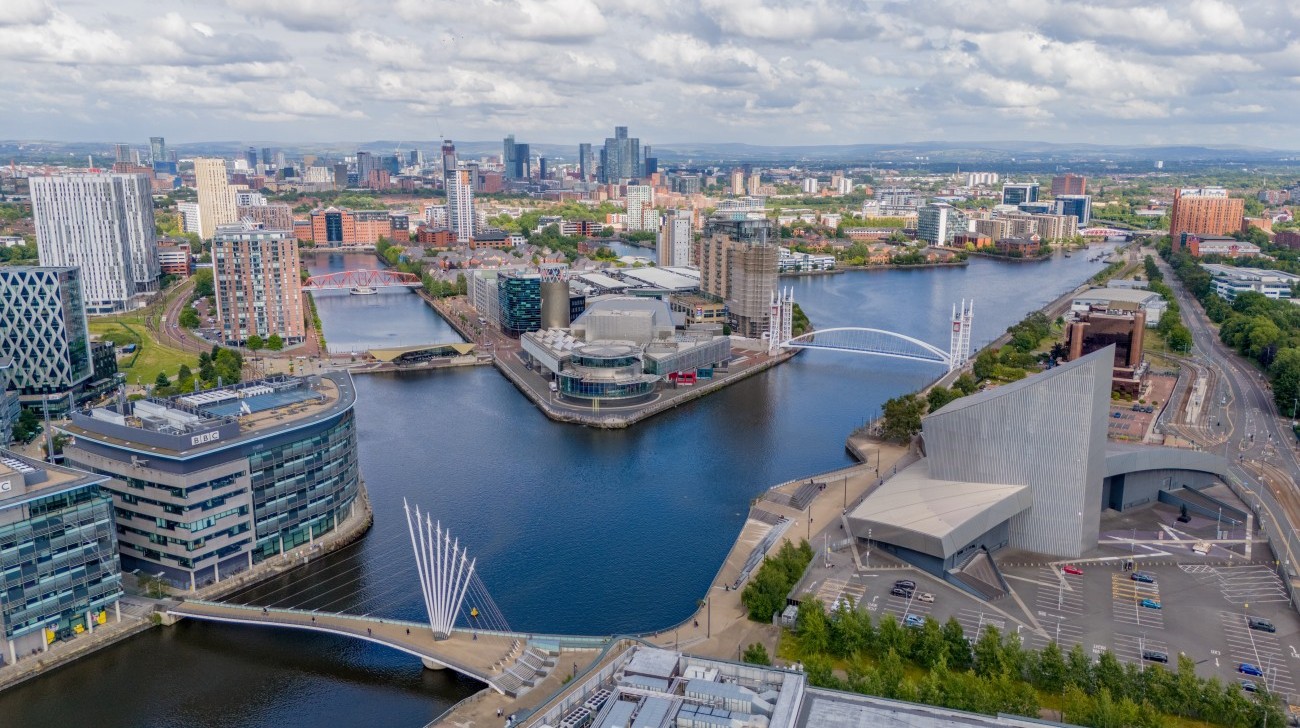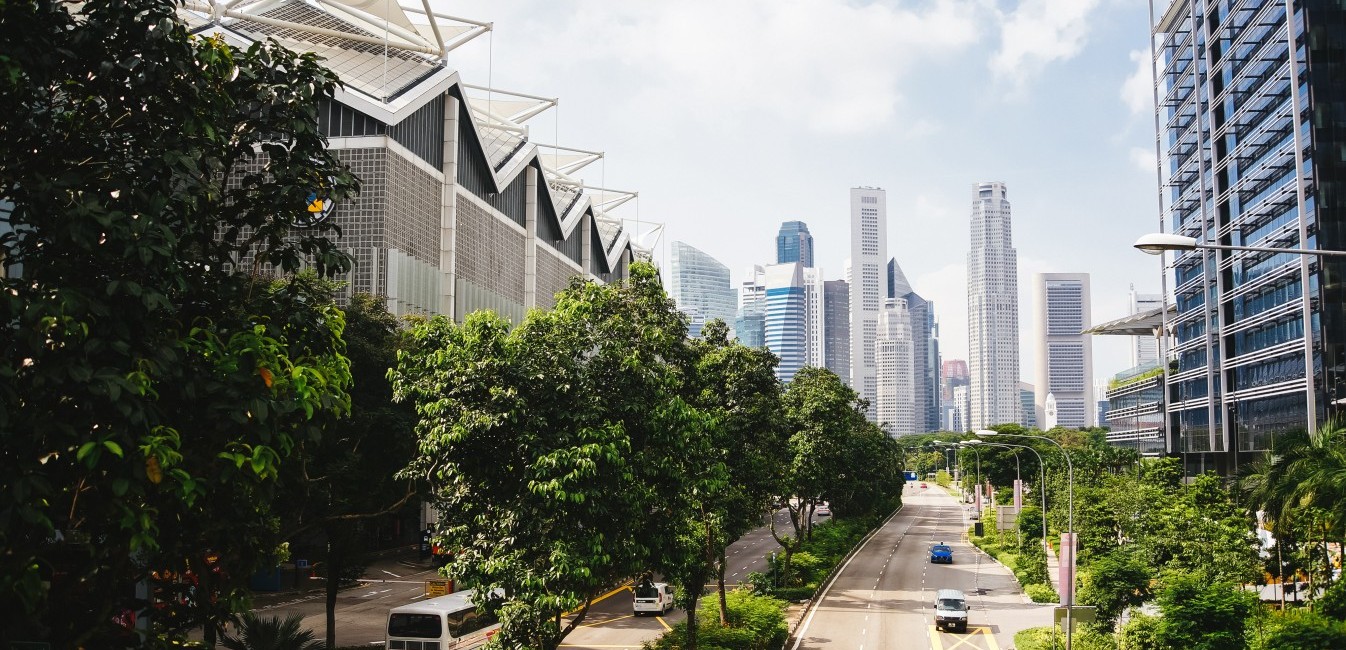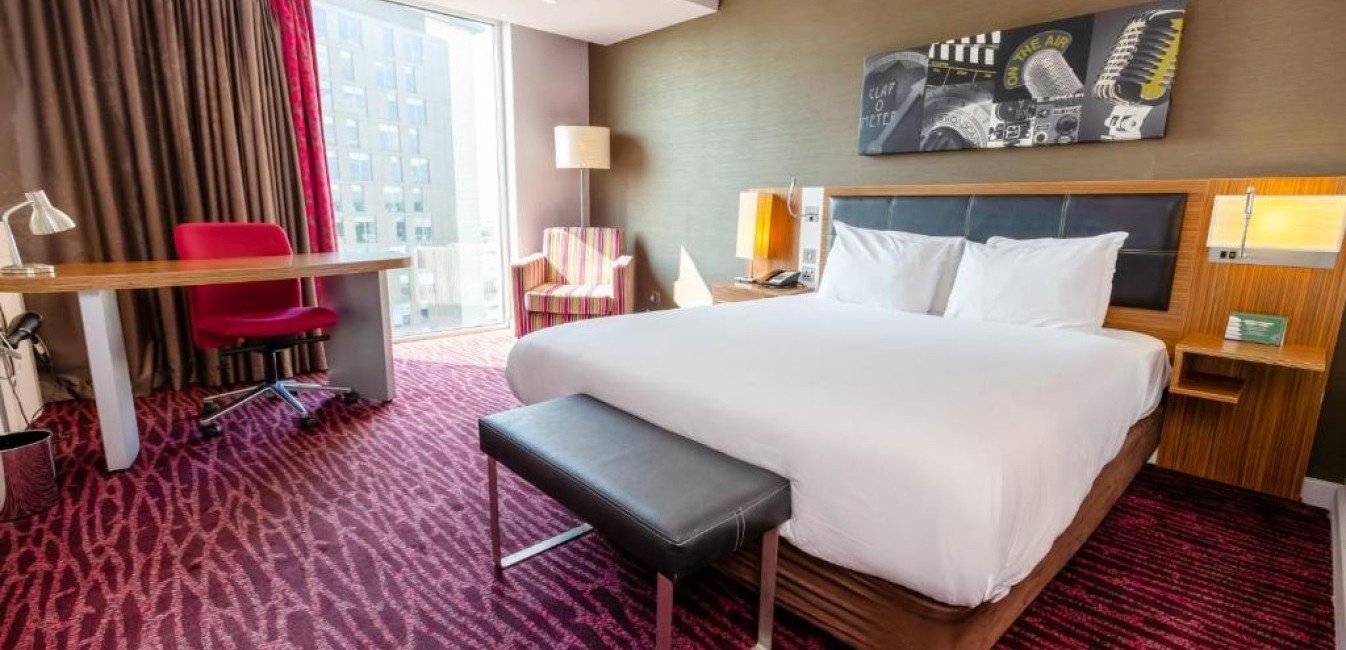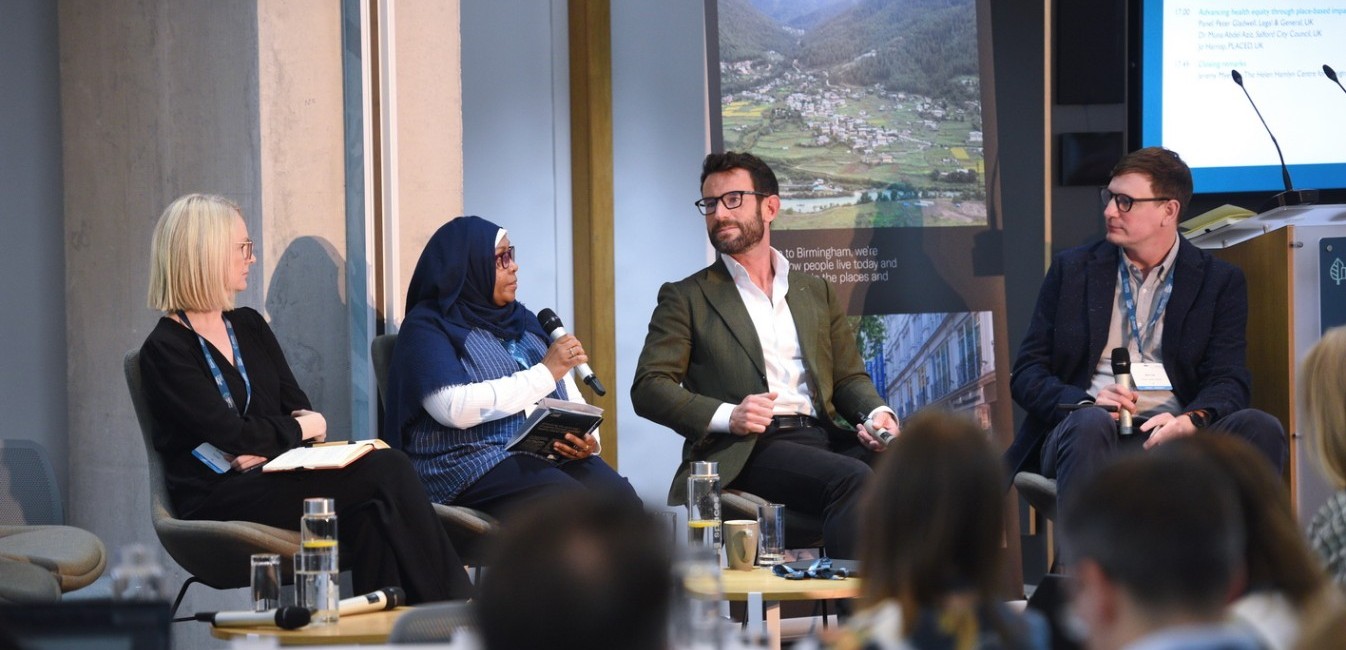Visiting

Salford’s regeneration story is one of significant transformation, moving from a post-industrial decline to a thriving city with a focus on economic growth, new homes, and cultural vibrancy.
About the city:
Salford’s transformation: from ‘dirty old town’ to a thriving, modern city
The city has experienced rapid development, particularly in areas like Salford Quays and Salford Central, attracting investment and new residents. This regeneration is driven by a strong vision and partnership working, aiming to create a fairer, greener, healthier and more inclusive city for all.
Salford is experiencing significant economic growth, with the local economy projected to grow by over 46%, supported by a bold new vision to deliver 40,000 new homes and 40,000 new jobs by 2040 within the city’s four strategic growth locations: Salford City Centre; The Quays and MediaCity; Greater Manchester Western Gateway; and Salford’s towns. The city is also investing in transport infrastructure to improve connectivity and support sustainable growth, including plans for a new development zone along the Manchester Ship Canal.
At the heart of the approach to Salford’s regeneration is the city’s approach to public-private partnership and community engagement, engaging with local residents and businesses to ensure the city develops in a way that meets the needs of its community, and supports its health and wellbeing.
Together with Manchester, Salford is also part of the Central Growth Cluster driving the next phase of city centre growth in the cities as part of a 10-year plan to boost the Greater Manchester economy and create tens of thousands of new homes and jobs. Greater Manchester Mayor Andy Burnham has said the initiative would “deliver transformative regeneration across our city-region”.
The development of MediaCity as an international hub for technology, innovation and creativity has been central to the Salford regeneration story. Home to major broadcasters like the BBC and ITV, alongside numerous smaller creative and tech businesses. MediaCity also features a mix of attractions, including the venue for Healthy City Design at the Lowry, and the venue for the evening reception at the Imperial War Museum North.
Set to double in size in the next decade in a £1 billion expansion and proposals to develop over 3,200 new homes and 800,000 sq. ft. of commercial floorspace, MediaCity is driving forward Greater Manchester’s Industrial Strategy as one of the city region’s main economic drivers generating £1.4 billion per year.
About the venue:
Lowry
Named after the early 20th-century painter, L.S. Lowry, known for his paintings of industrial scenes in North West England, the Lowry is one of Britain’s twelve landmark projects for the Millennium, and is commonly regarded as a triumph of civic will and enterprise. Opened on 28 April 2000, the theatre and gallery complex in Salford Quays, Greater Manchester, was the flagship project of Salford City Council’s regeneration plan in 1988 for the redevelopment of the derelict Salford docks as a leisure, cultural and tourism area. |  | |

Travel information
The Lowry in Salford is well connected via tram, train, bus, car, and air travel, with easy access from Manchester city centre and beyond. Whether you're arriving from across the UK or overseas, getting here is simple. Click below to find the best route for your journey.

Download the mobile app
Use the HCD2025 app to enhance your event experience – prepare your agenda, connect with colleagues and friends, old and new, explore the exhibition and Video+Poster gallery, and catch up on recorded talks and sessions. The app will help you discover, connect and engage with attendees at the Congress.

Recommended hotel: Holiday Inn Manchester - MediaCityUK
A vibrant hotel in the Salford Quays media hub, and only a short walk from both the Lowry arts complex and the striking Imperial War Museum North. Manchester city centre is just over 20 minutes by tram from MediaCityUK Metrolink station.
The deadline for discounted rates for delegates at the hotel has now passed.

Healthy City Design A-Z
Learn more about what’s going on at this year’s Congress with our helpful A to Z guide.




